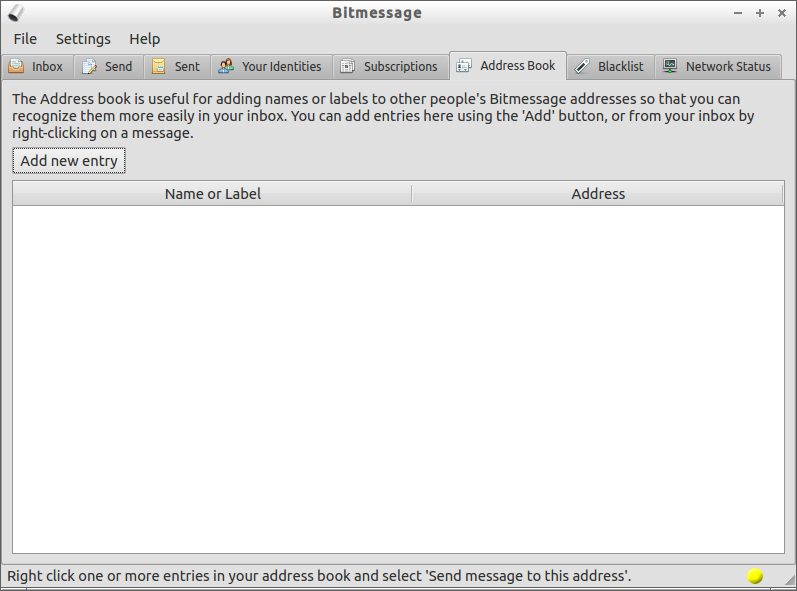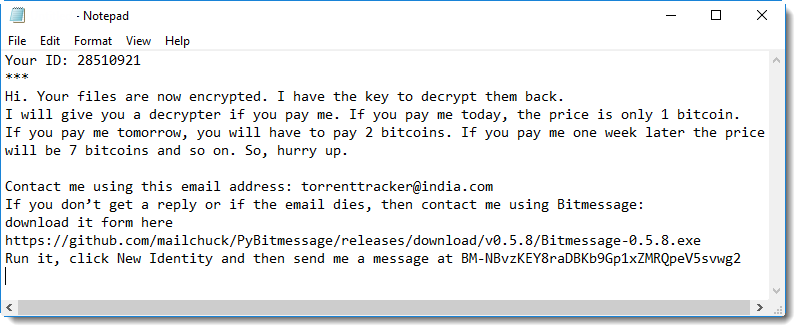
Monero adds one more type of step, necessary for internal bookkeeping so to speak. Do as many multisig transactions as you like.Fund the multisig wallets / the multisig address so there is something to spend in the first place.Configure the multisig wallets and establish the multisig address.For example, probably the most useful and most popular type of multisig is written as 2/3: Out of a total of three authorized signers, any two are needed to make a transaction valid.įor technically "simple" coins like Bitcoin and its forks doing multisig transactions consists of the following steps:

The usual notation in use here is M/N, with M standing for the number of required signers, and N standing for the total number of authorized signers. The corresponding number (which is equal to or smaller than the number of authorized signers) is called required signers. Depending on the type of multisig used, not all authorized signers need to sign before a transaction becomes valid, but only a subset of them.
#WHO RUNS BITMESSAGE MANUAL#
In this manual those wallets, or if you prefer, the people controlling them, are called authorized signers. Instead of one Monero wallet creating, signing, and submitting transactions all on its own, you will have a whole group of wallets and collaboration between them to transact. Multisig means that a transaction needs multiple signatures before it can be submitted to the Monero network and executed. Here a short overview together with info about the terminology that this manual uses for more details and more technical explanations you will have to look elsewhere. Probably it will be pretty hard to understand the MMS without at least a basic grasp of how Monero multisig transactions work in principle. This first version of the manual was written around year-end 2018 by René Brunner ( rbrunner7), the original author of the MMS.

If you have high requirements regarding security and are not sure whether using the MMS is acceptable for you in the first place, you may read the chapter Security first. This manual has some tutorial-like aspects and is intended to be read in sequential fashion, best without skipping any chapter before chapter The Commands in Detail. Hopefully this will be extended in the future the MMS was designed with other wallets like e.g. This is not surprising, as currently the CLI wallet is the only way to do multisig transactions interactively anyway. The MMS so far presents itself to the user as a set of new commands in the CLI wallet. It's a system that aims to simplify multisig transactions for Monero and similar CrypoNote-based cryptocurrencies by making it easy to exchange info like key sets and sync data between wallets and by offering some "workflow support" guiding you through the various steps. This manual describes the Multisig Messaging System, abbreviated as MMS.

Correcting / Updating Signer Information.Recovering from Lost or Duplicate Messages.Ignoring Uncooperative Signers when Syncing.



 0 kommentar(er)
0 kommentar(er)
